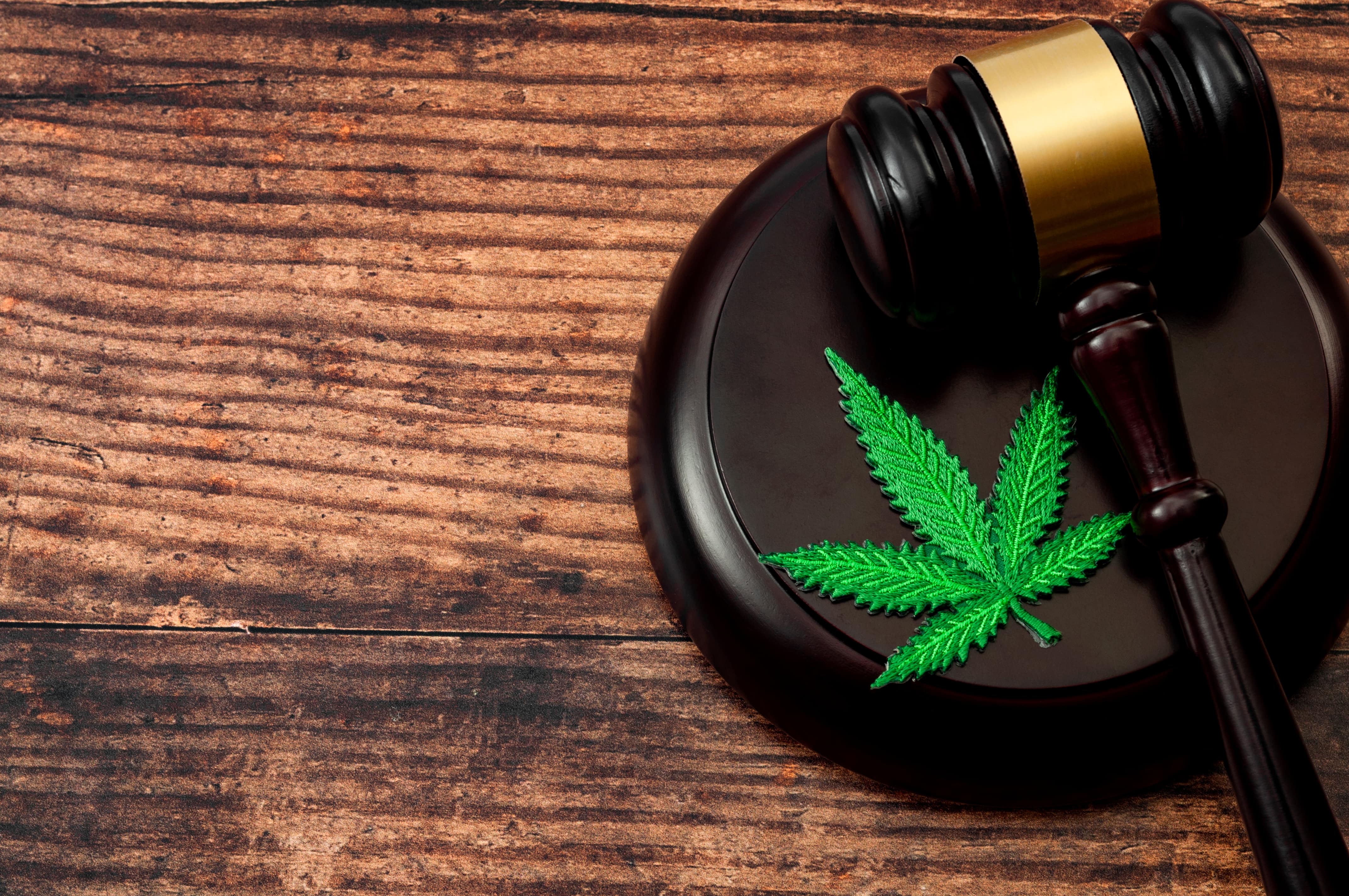From slogans like “Eat like a king, not like a clown,” to the “McWhopper,” Burger King has a long and storied history of using advertising to troll McDonald’s. To explore the basics of how geofencing works, let’s look back at one of the greatest location-based smackdowns performed in the name of burgers.
But before we do, let’s level set our discussion about why advertisers for regulated brands should care about geofencing.
The precision and reliability by which you can accurately geofence your marijuana advertising is a critical measure of compliant cannabis advertising. Location-based tools serve ads to audiences within precise geographic parameters, both in real-time or with historical data. This allows for ads to be targeted based on relevant locations and behaviors such as CBD health products to gym goers, medical marijuana around nearby chiropractors, and geo-fencing concerts for local dispensary ads. And it also ensures you don’t serve marijuana dispensary ads to mobile phones inside the local elementary school or while at the children’s splash park.
Now, back to our story.
THE BURGER DETOUR
In December of 2018, to promote its new mobile app, Burger King unveiled the Whopper Detour. This promotion ran between December 4th through 12th and offered customers a Whopper for a single cent through the Burger King mobile app, with a catch. To activate the discount, customers would have to be within 600 feet of one of roughly 14,000 McDonald’s locations in the United States and then pick their order up at a nearby participating Burger King, hence the “Detour.”
To put it simply, it worked.
Scoring more than 1 million downloads in the first two days of the campaign, Burger King’s mobile app jumped to #1 on iOS and Android shortly thereafter. It was talked about on CNN, Business Insider, and countless other media outlets, generating more than 3 billion impressions. Whether you’re tracking mobile downloads, total impressions, or store traffic, there’s no question that the Whopper Detour was a smashing success. And it was all made possible by geofencing.
Geofencing leverages location-based technology to allow advertisers to engage with consumers hyper-locally—within 600 feet of a Mcdonald’s, for example. In this article, we’ll discuss what geofencing is, how it works, and how you should use it in your business.
GEO-WHAT NOW?
When we address geofencing, we should also address some common confusion. Advertising and marketing utilizes two other location-based strategies that are similarly-named but different from geofencing in practice. They are:
Geotargeting is when advertisers use location along with other factors, like age or gender, when building their audience. This tactic diverges from geofencing in its use of other targeting factors, while geofencing exclusively targets location. Additionally, geotargeting usually uses a broader location like a city, state, or even a whole country.
Geo-framing refers to the practice of capturing device IDs in a certain location (usually with a geofence) and using them for targeting or retargeting purposes later. In practice, geo-framing is used to target consumers who were somewhere, while geofencing targets consumers who are somewhere.
Now that we cleared that up, let’s get back to the subject at hand.

WHAT IS GEOFENCING?
Geofencing creates a virtual barrier—a fence, if you will—set up around a physical location. It uses GPS, RFID, or other forms of location data to trigger an event whenever a consumer passes through it. What the event is, is up to the advertiser. It can collect data, serve an ad, trigger a push notification or simply track movement, just to name a few.
Because geofencing primarily relies on opt-in location data, it’s commonly leveraged by mobile apps, but an app is not required. All a geofence needs to trigger is for a piece of location-based technology, like an RFID tag, to pass through it. All sorts of devices beyond mobile phones can trigger a geofence, including vehicles, aircraft, and many more.
HOW IS GEOFENCING USED?
While Burger King used geofencing to sell burgers, the tool’s capabilities go far beyond that. Once the virtual boundaries are set, the possibilities are virtually limitless. Like Burger King did with McDonald’s, it’s fairly common for brands to geofence competitors in order to capture more market share. This practice is commonly referred to as geo-conquesting. Alternatively, many companies geofence their own locations or events to help learn about their customers and promote loyalty. What’s better than getting a discount at one of your favorite stores just for walking by?
But retail only scratches the surface. Shipping companies use geofencing to track the movements of trucks and cargo and the Federal Aviation Administration (FAA) uses it to keep drones out of restricted areas. It’s not just for large entities, either. If you’ve ever asked your phone to send you a reminder when you get home or to your car, you set up a geofence of your own.
FROM BURGERS TO BUDS, GEOFENCING WORKS
Geofencing is a powerful, versatile tool to help you engage with your audience in a more personal, local way. With applications for the largest cannabis brands and a single dispensary, any company can benefit from geofencing advertising, especially your geo-restricted dispensary ads and regulated business.
.svg)









